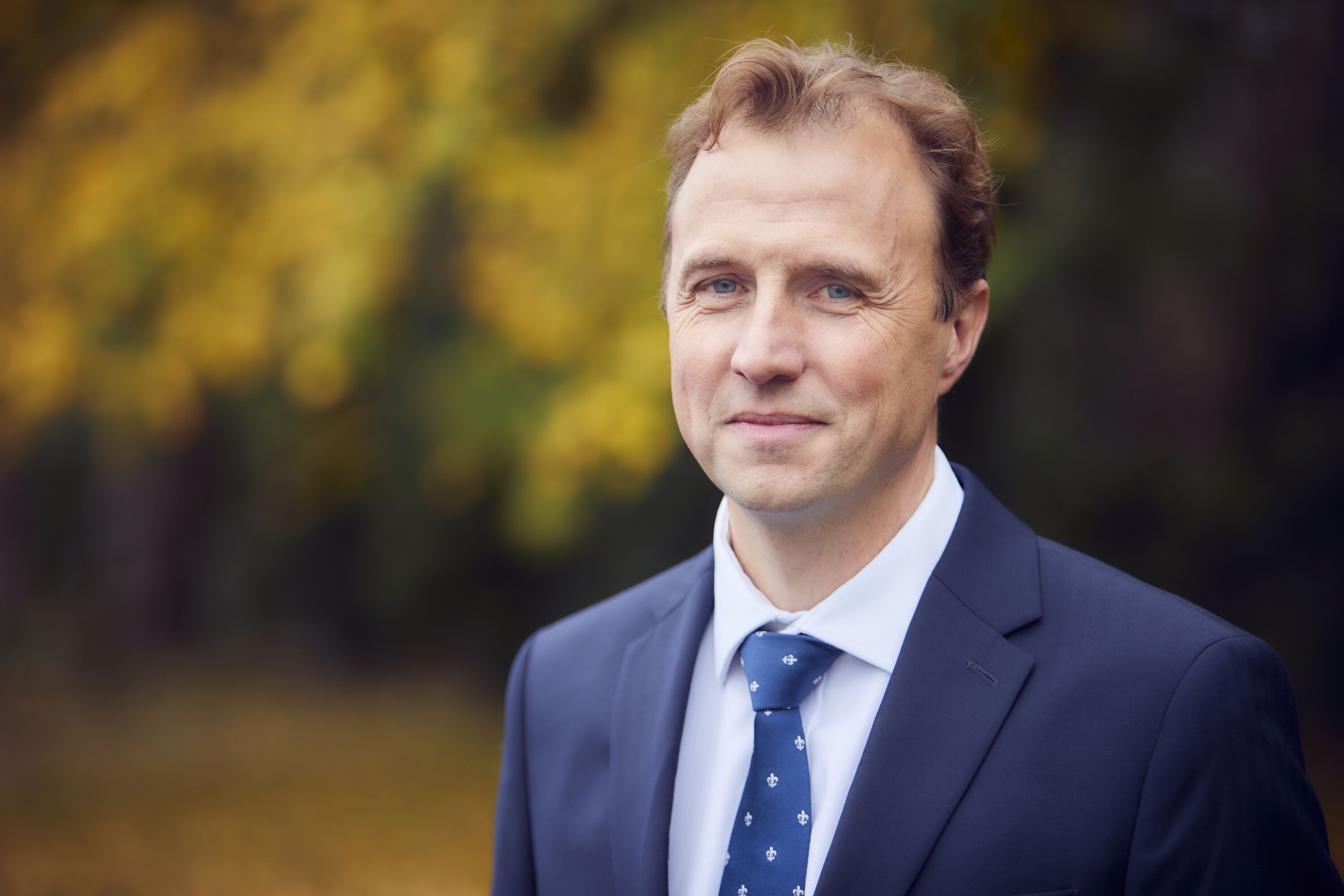- Home
- About Us
- News
- The Headteachers Blog Issue 4
The Headteachers Blog Issue 4
Back to News
The Headteachers Blog IssueThe Headteachers Blog Issue 3

Last week, we marked Remembrance and took time as a school to pause, reflect, and consider the meaning of service and sacrifice. In assemblies, we looked at the story of Private Aubrey Frank Wilkins, a young man born in Burford in 1922, whose name is recorded on our town war memorial.
Aubrey joined the Queen’s Royal Regiment at the age of 18 or 19. He served first in the Italian campaign and later in the long and demanding campaign in Burma (now Myanmar) — a theatre of war often overshadowed by events in Europe, but equally significant in shaping the course of the Second World War.
The war in Burma was fought in dense jungle, monsoon rains, and extreme heat. While victory in Europe was declared in May 1945, the fighting in Asia continued long afterwards, into August. Tragically, Aubrey died on 6 June 1945, after VE Day. He was only 22 years old. He was buried thousands of miles from home at Taukkyan War Cemetery in Myanmar, alongside many others who were separated from their families at that time.
His story reminds us that conflict touches individuals, families, and communities, and that sacrifice is often carried in quiet forms, sometimes easily forgotten. Our role as leaders of a community is to ensure we mark events such as Remembrance, to continue reflecting on the themes of sacrifice and service.
This has particular resonance for Burford School. Around 15% of our students are from Forces families, many connected to RAF Brize Norton or serving elsewhere. Family life in the Forces often involves movement and separation, demanding atypical levels of resilience from all involved. These experiences permeate our community and give us a deeper understanding of what service really means.
Just before Half Term, I attended the first meeting of the Brize Norton Young Persons’ Board, joining other leaders from local schools, the base, and the wider community. The purpose of the board is to strengthen the support around young people from Forces backgrounds, ensuring they feel connected, understood, and well supported both academically and emotionally.
The ideas from this meeting, I hope, will grow into meaningful outcomes in the months ahead — bringing our wider community together to support those who serve, and those who stand alongside them.